In more than two years of daily involvement in Second Life, one of the highlights has been the community approach of ABC Island since its launch in 2007. This year has posed some challenges for the island but things appear to be back on track if the latest addition to the island is any indication.
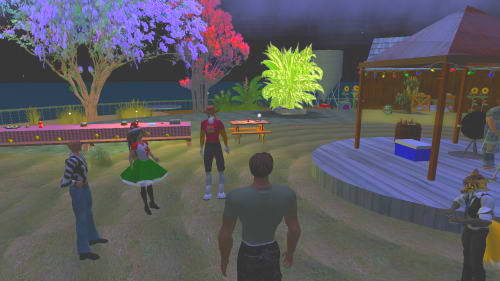
Arguably the key meeting spot on ABC Island is its sandbox, and that’s where the latest build has appeared. It’s an interactive Aussie Xmas display, all created by the small group of ABC island regulars. Quite rightly, the BBQ is the centrepiece:
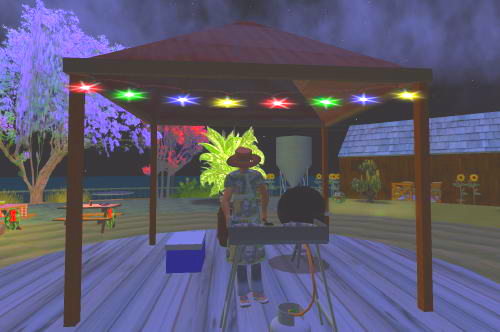
Stalwart ABC Island admin, Wolfie Rankin, suggested the original concept but the end product is a result of some great group input. I’ve repeatedly lauded both the ABC and Telstra presences in Second Life, in both cases primarily for their communities and the passion with which they maintain them. Within the broader Winterfaire festivities currently underway in Second Life, the Aussie Christmas rightly stands out.

Do take the time to spend an Aussie Christmas on ABC Island if you can – it certainly beats the shopping queues in RL.


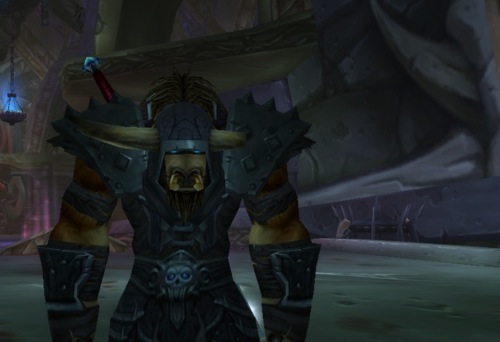
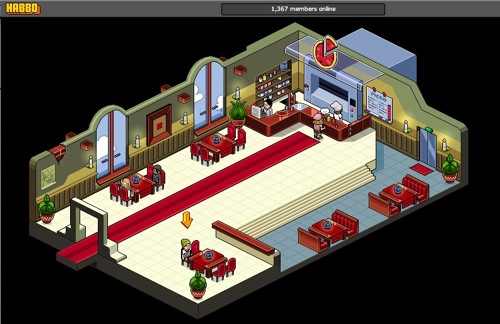
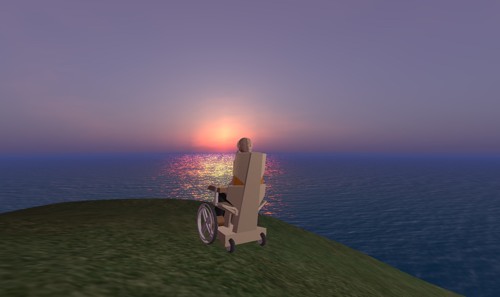
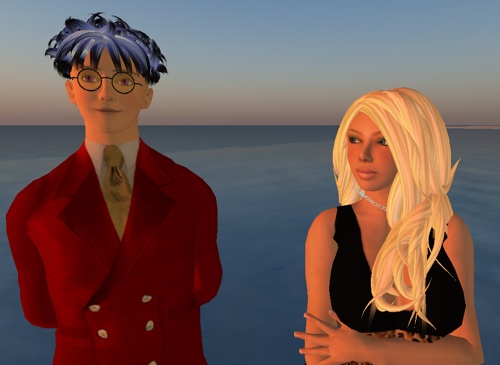
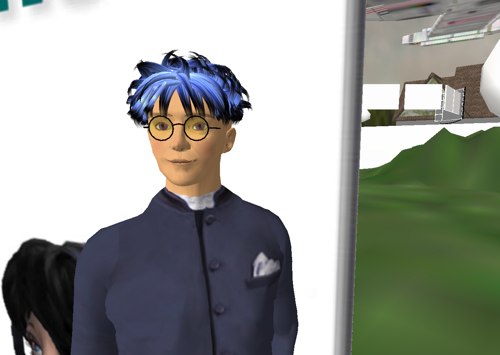

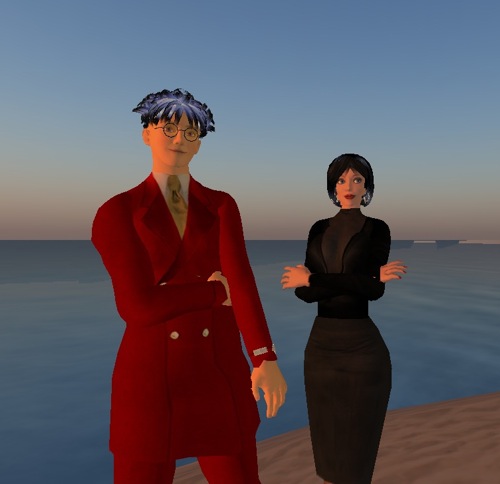
Recent Comments